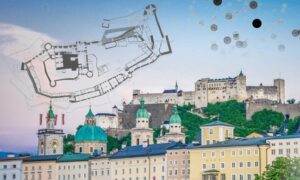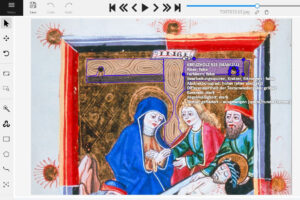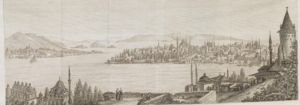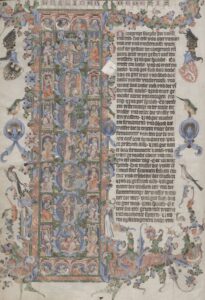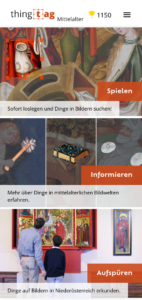Digital Humanities Infrastructure Austria
| Head of project | Georg Vogeler (Graz) |
| Contributors | Christina Antenhofer (Salzburg); Alan van Beek (Salzburg); Karoline Döring (Salzburg); Peter Färberböck (Salzburg/Krems); Julia Hintersteiner (Salzburg); Isabella Nicka (Salzburg/Krems); Martin Schäler (Salzburg); Lina Maria Zangerl (Salzburg); Katharina Zeppezauer-Wachauer (Salzburg) |
| Classification | History, German Studies, Informatics, Art history |
| Duration | 03/2023–06/2026 |
| Website and contact | https://www.dhinfra.at/ |
| Funding | BMBWF |
| Abstract | DHInfra.at is building an infrastructure for digitally supported research in the Austrian humanities. It fills the gap between standard offerings in the cultural heritage institutions (digitalisation), in research data management (curated and integrated repositories vs. institutional repositories), in software solutions (subject-specific open source products), and in high-performance computing offerings for the natural, technical and life sciences in the processing of large amounts of data with machine learning. There are plans to procure and implement equipment for the digitisation and storage of data from cultural heritage institutions as well as hardware for research with and productive use of machine learning processes. Open source software will be adapted and further developed to meet the specific needs of the community. The existing CLARIAH-AT consortium facilitates governance and long-term maintenance of the infrastructure. The measures initiated in DiTAH to set up the DH helpdesk will be continued in the project. In addition, usage scenarios and competences in the five fields of data capturing and enhanced image sensing, open source software, data management and repositories, infrastructure as a service and machine learning are currently being surveyed at the participating locations in order to determine the specific hardware requirements for the shared infrastructure. |

